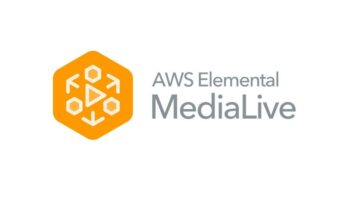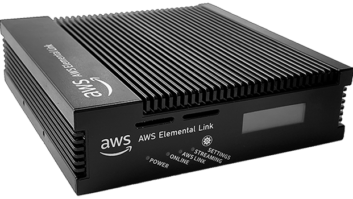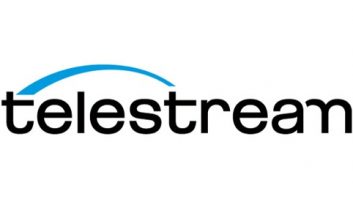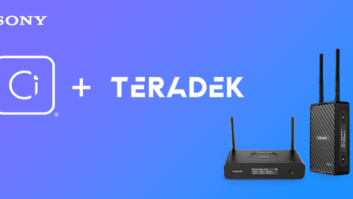
Nowadays, cloud is the fashionable topic, a powerful and significant trend that is deeply transforming our infrastructures and IT approach. Everybody seems to be talking about its applications, from a B2B and B2C point of view, from storage and sales, to HR and accounting. Following the increase of enterprise workloads moving into the cloud, the broadcast industry just started its transformation, moving from a hardware-based dedicated environment to an all IP software-based virtualised one. While IP has benefits for the entire ecosystem, how is video processing faring? What does a move to cloud mean for this application and how can migrating a video headend add value for broadcasters?
Gartner defines cloud as a style of computing in which scalable and elastic IT-enabled capabilities are delivered as a service using internet technologies. Simply put, you have one converged infrastructure with several services on top of it, shared by thousands of users. It relies on the sharing of resources to achieve coherence and economies of scale. And when it comes to online video processing, CPU power and availability are crucial, making it a good fit for the capabilities that cloud offers.
Today, cloud is being used in a multitude of different ways, with everyone attaching different definitions to the technology, and having varied objectives as far as deployment is concerned. If we try to find a common denominator to these objectives we can expect more flexibility and more capacity at reduced costs.
The first and necessary step in cloud migration is virtualisation. Operators are now able to separate hardware from applications, and use commercial off-the-shelf products instead of using dedicated equipment. In a virtualised environment, the hardware resources such as CPU, memory, networking and storage are being abstracted and allocated to each virtual machine so that each one appears to be a separate piece of hardware.
The benefits of virtualisation
By leveraging existing servers in the data centre for several applications, the operators are able to quickly implement new services without having to physically get to a specific machine and install the operating system and software. This significantly reduces operational complexity with easy repurposing of hardware, and allows further savings on equipment CAPEX.
Users utilise the cloud on demand as an elastic infrastructure, depending on their activity. This is what is called pay-per-use model. Being software oriented also allows for faster development of new features, algorithms and enhancements.
Three levels of cloud
There are a number of cloud encoding scenarios that users can choose, depending on their activities and requirements:
– On-premises cloud is a virtualised transcoding farm into a managed network. The user creates their own cloud and gets more flexibility due to the shared resources. The benefits here include direct-networked attached storage, no upload/download required, same security management, and no impact on CMS. However, this approach does require an internal data centre.
– Off-premises private cloud is effectively trusting your content to a third-party company that offers transcoding services. Content is passed to the service provider, who transcodes it and then passes it back to you. In this case, cloud essentially equates to nothing more than a service. The benefits here are that it’s a low link cost, the services come with an actionable SLA and you’re able to take advantage of an OPEX spending model. The potential downside, however, is that the approach requires file transfers and, as a result, new security management, with some modification to your CMS system required.
– Off-premises public cloud is a consumer-orientated market place, with the provision that cloud could be privatised. In other words, you rent the infrastructure for a limited period of time and pay no upfront installation fee. There is virtually infinite server availability, more cost-effective use of hardware and, again, OPEX-based spending. And, like the outsourced private cloud option, files have to be transferred and changes to security and your CMS system are needed.
As IP and cloud becomes more popular in broadcasting with more and more organisations realising the benefits, video processing is following suit. Video processing is migrating from the dedicated hardware-based environment it started out as, to data centre architecture, from dedicated hardware to commercial-off-the-shelf hardware, and from products that focus on a single function to a collapsed environment with unified management. By running encoding in the cloud, service providers get hardware abstraction, operational simplicity, service elasticity and the ability to host multiple users in a single infrastructure. It also allows for improved redundancy schemes and quick deployment time for services. On top of all of these OPEX savings, there are also some pure CAPEX savings as fewer different boxes and spares need to be maintained. Going forward, these same benefits will be enjoyed throughout the broadcast ecosystem.
Rémi Beaudouin, VP of marketing, ATEME







